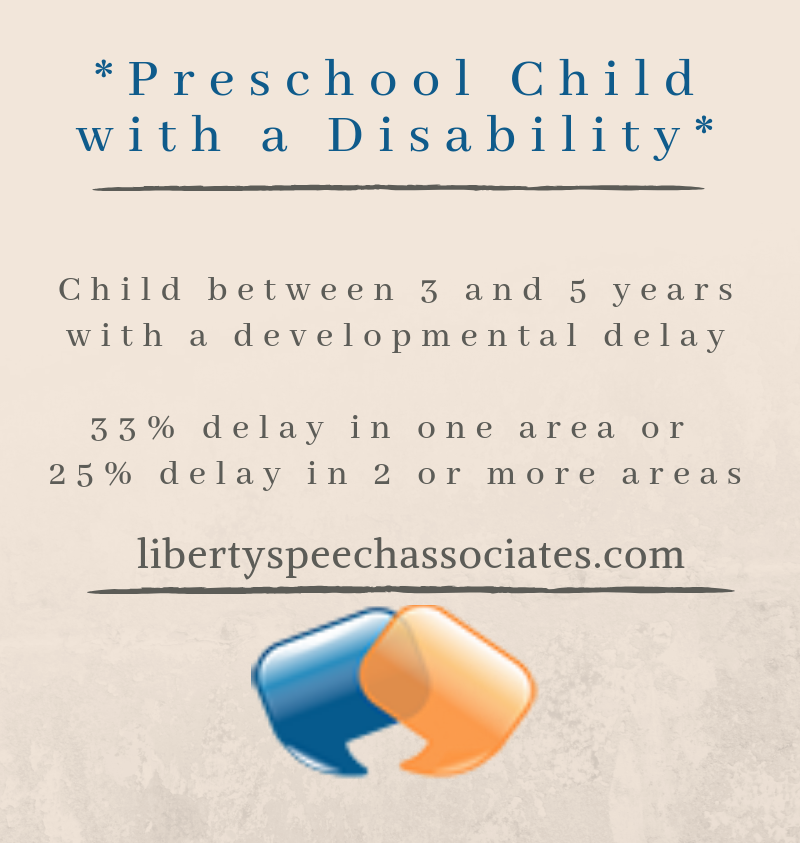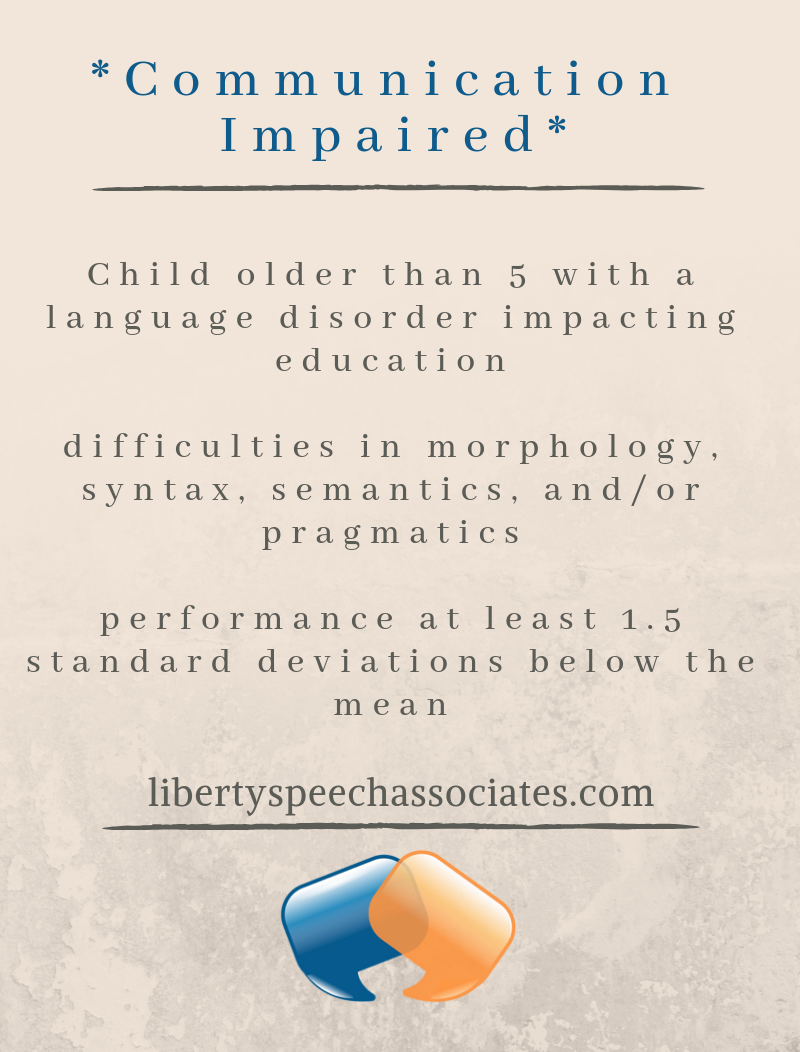Children (age 3 and up) are allowed to receive speech-language therapy and related services through their local public school district. However, students must meet specific criteria in order to be eligible for these services. The eligibility criteria vary from state to state. Because my practice is based in New Jersey, the purpose of this post will be to discuss the eligibility criteria for speech-language therapy in NJ Public Schools.
Speech-language therapy and related services in NJ Public Schools is mandated by Chapter 14 of the New Jersey Administrative Code. If you have a child in need of services or already receiving services, it’s important that you read and familiarize yourself with the Code to ensure your child is getting the services s/he deserves.
“Preschool child with a disability” is the classification used for children between the ages of 3 and 5, who present with developmental delays. A developmental delay is described as a 33% delay in one area of development or a 25% delay in two or more areas of development. Areas of development include: physical (gross and fine motor), intellectual, communication, social-emotional, and adaptive/self-help. A child may also qualify for speech-language therapy and related services under this classification if s/he has a diagnosed disabling condition that could impact education.

“Communication Impaired” is a classification used for children older than 5. A child receives this classification if s/he presents with a language disorder that negatively affects his/her ability to learn. A child may have difficulties in any or all of the following areas: morphology, syntax, semantics, pragmatics. To determine if a child falls under the “communication impaired” classification, s/he should undergo functional assessment outside of the testing situation and participate in at least two standardized language tests (when appropriate). If the child’s performance is more than 1.5 standard deviations below the mean, s/he is eligible for speech-language services.

In addition to the two aforementioned classifications, a child may also qualify for speech-language therapy as a result of a speech disorder. A speech disorder is a disorder in any or all of the following areas: articulation, phonology, fluency, voice. Difficulties in any of these areas should be considered unrelated to dialectal or cultural differences or influences from a foreign language. Criteria for classification of a speech disorder are listed below:
- Articulation/phonology: Using a standardized articulation or phonology test, a child must present with one or more sound production errors on sounds that 90% of children of the same age have reached mastery. A child must also consistently produce the errors in a speech sample.
- Fluency: A child must display a mild rating or higher on a fluency rating scale and in a speech sample. A child must also exhibit dysfluencies on at least 5% of words spoken.
- Voice: A child must perform below the expected level for vocal quality, pitch, resonance, loudness and/or duration using a voice rating scale. The voice difficulties must be present on two separate testing sessions held at least three sessions apart.

